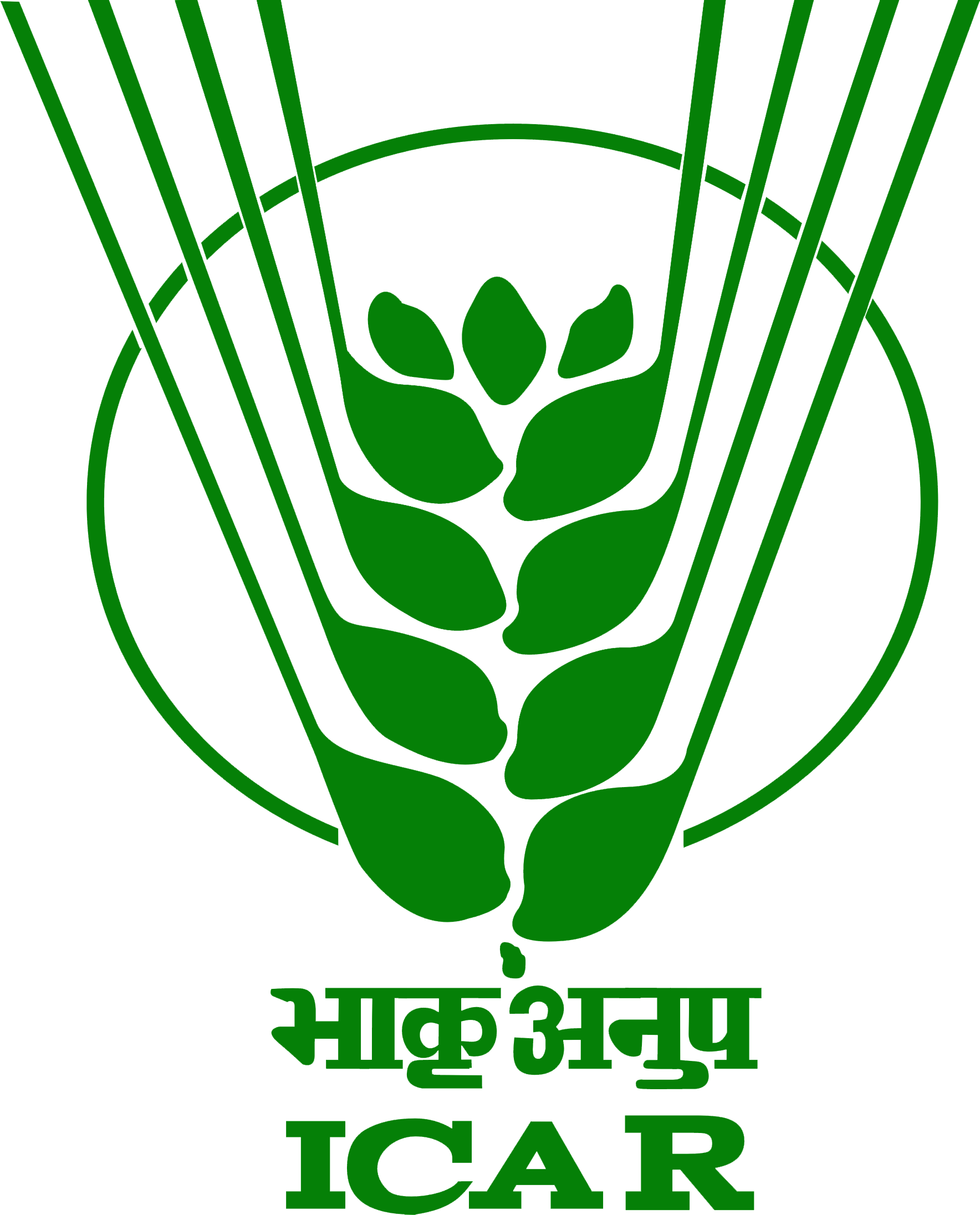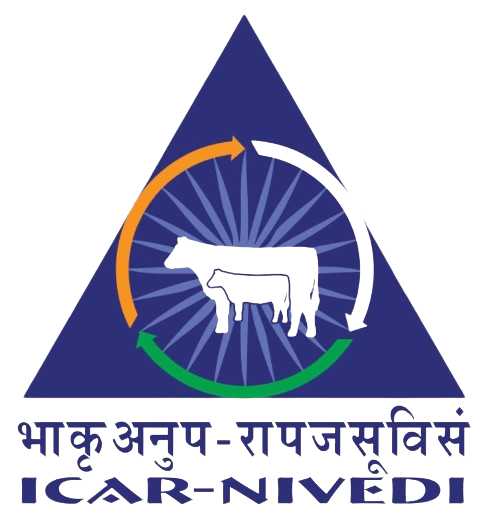NADCP and LH-DCP:This umbrella scheme aims for the prevention, control, and containment of livestock diseases through vaccination, treatment, awareness creation, training, etc. It encompasses two schemes: NADCP and LH & DC.
National Animal Disease Control Programme (NADCP):
Foot & Mouth Disease Control Programme (FMD-CP):
Is a highly contagious viral vesicular disease of cloven-hoofed animals such as cattle, buffaloes, sheep, goats and pigs etc. FMD leads to reduction in milk yield, decreased growth rate, infertility, reduced working capacity in bullocks, trade embargo in the international market. Control of FMD can be achieved by mass vaccination of susceptible livestock repeatedly at regular intervals till the incidence of the disease comes down. This will pave way to gradual eradication of the disease from the country. LH & DCP program aims to control Foot & Mouth Disease (FMD) through vaccination leading to its eventual eradication by 2030. This will result in increased domestic production and ultimately in increased exports of livestock products. Currently under this program vaccination is carried out in all cattle and buffaloes.
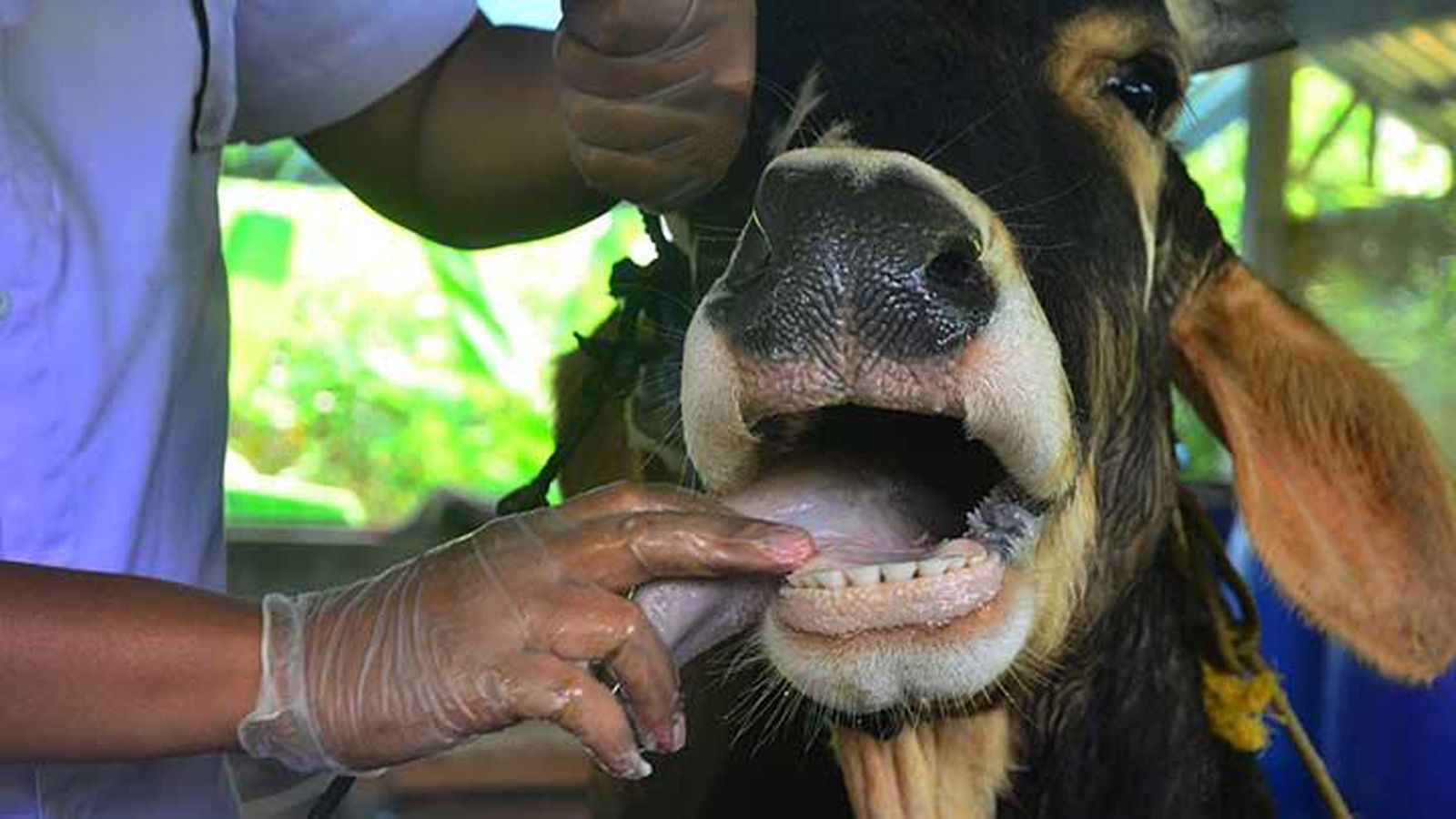
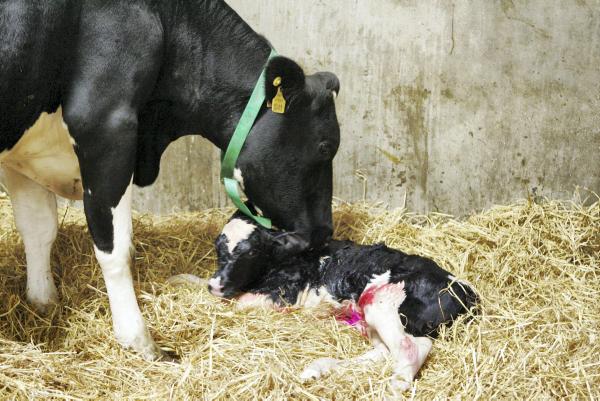
Brucellosis Control Programme (Brucella-CP):
Is a reproductive disease of cattle and buffaloes caused by bacterium Brucella abortus. The disease is characterized by fever, induces abortion at the last stage of pregnancy, infertility, delayed heat, interrupted lactation resulting in loss of calves, loss in production of meat and milk. Bovine brucellosis is endemic in India and appears to be on the increase in recent times, perhaps due to increased trade and rapid movement of livestock. In the absence of any treatment for Brucellosis in bovine animals, the disease can be prevented by vaccination. Control of Brucellosis can be achieved by a once-in-a-lifetime vaccination of female bovine calves (4 – 8 months old).
Livestock Health & Disease Control (LH & DC) scheme:
Peste des Petits Ruminants Eradication Programme (PPR-EP):
It is a Central Sector component with 100% central assistance with an aim to vaccinate the entire sheep and goat population over 4 months of age, healthy and non-pregnant animals with the PPR vaccine. The sole objective is to eradicate the disease by 2030 through 4 years carpet vaccination and surveillance programme.


Classical Swine Fever Control Programme (CSF-CP):
It is a Central Sector component with 100% central assistance with an aim to vaccinate the entire pig population over 3 months of age, healthy and non-pregnant animals with the CSF vaccine. The sole objective is to control the disease by vaccination of eligible population and surveillance programme.
Flow Chart
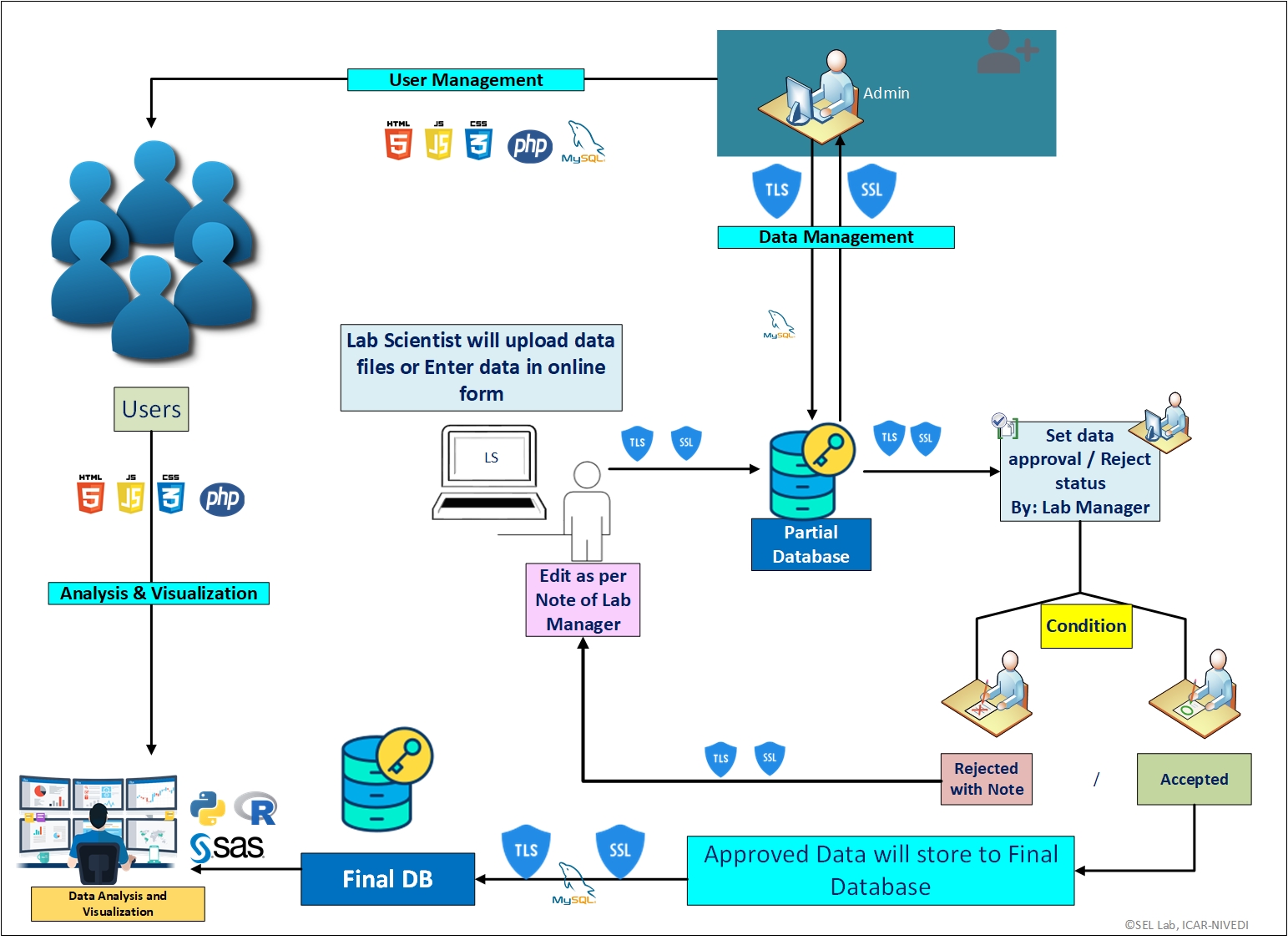
Overview
This flowchart provides a detailed, step-by-step breakdown of the Livestock Health & Disease Control Programme (LH-DCP) workflow. The system ensures secure handling of lab data, efficient validation, and effective visualization for decision-making. Below is a deeper look at each stage:
-
User Management
- System Administration: The system administrator manages user roles, access control, and ensures security protocols are in place to prevent unauthorized access.
- User Authentication & Authorization: Users log in through a secure authentication system where they are assigned roles based on their responsibilities, ensuring a structured workflow.
-
Data Submission by Lab Scientists
- Data Input: Laboratory scientists collect raw data and enter it through predefined formats, either via online forms or file uploads.
- Data Encryption: Advanced encryption protocols, including TLS (Transport Layer Security) and SSL (Secure Sockets Layer), ensure secure data transmission.
-
Data Validation & Approval
- Review by Lab Manager: The Lab Manager reviews the submitted data for completeness and accuracy, ensuring that errors are caught early in the process.
- Conditional Workflow: If discrepancies are found, the data is sent back for correction. Only validated and approved data proceeds to the next stage.
-
Data Storage and Security
- Final Database: Once approved, the data is stored in a centralized database with high-security standards, ensuring compliance with regulatory requirements.
- Data Integrity: The database uses encryption and backup mechanisms to prevent data tampering and unauthorized modifications.
-
Data Analysis & Visualization
- Analysis Tools: The system integrates with analytical tools such as Python, R, and SAS, allowing scientists to perform statistical analysis on disease trends.
- Data Visualization: Interactive dashboards are generated for stakeholders, enabling them to track disease patterns, assess risks, and make data-driven decisions.
- Report Generation: Automated reports summarize key findings and provide insights to policymakers, aiding in the planning of disease control strategies.

